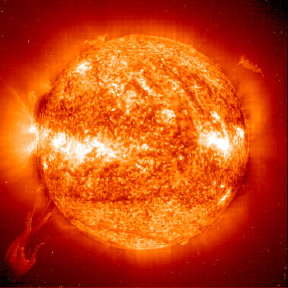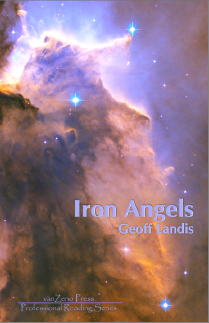
The Story of Five Pounds of Sunlight
On Ohio Poetry Day, which for seventy-five years has been on the third Friday of October, one of the elements of the celebration is usually a set of poetry exercises and overnight contests. In 2007, when the celebration was held at Heidelberg College, Bill Reyer brought a pile of old copies of Poetry magazines out, dumped them on the table, and challenged each of us to grab a random issue, and flip through it until we saw a poem that had an image we thought we could use differently, or an argument we saw as a challenge, or in some way confronted us or provoked us in some way to make us want write a response or a rebuttal or an elaboration, and then write that poem overnight. If I were a meticulous essayist, I would dig up which poem, and which issue and by whom-- but I'm not meticulous. In any case, the poem I flipped to mentioned the weight of sunlight (in fact, it compared that weight to the weight of a battleship).
Well, when I read that, of course my thought was I'm a physicist: I can calculate that. It's actually easy enough; energy equals mass times the speed of light squared, of course. My calculation was a little less than a battleship; in fact, I calculated that the energy of sunlight hitting the Earth has a mass of about two kilograms per second. (*)
I read the poem the next day at the Ohip Poetry Day Saturday reading, and performed the poem at the 2009 Hessler street fair, at which it won second place.
Since then, I've discovered that the calculation that about 2 kilograms of sunlight reaches the earth each day has seeped into popular culture; there's even a band named "Four and a Half Pounds of Sunlight". James D'Agostino also used the calculation as the opening lines of his poem "Sign" (in Anomalous 7, 2012) although he mistakes the number as the amount per day, not per second: "Each day four pounds of sunlight / fall on the earth."
But, my poem "Five Pounds of Sunlight" did well enough for me-- it was published in Asimov's Science Fiction, January 2011, and I even had a reprint in American Journal of Physics. So I'm happy with it.
footnote: Somewhat later, it occurred to me that what the original poem had calculated was probably the force of sunlight hitting the Earth, not the mass. 600 million Newtons, or about 60,000 tons. That's a battleship. So, the poet wasn't really wrong; it's just that the English language tends to be imprecise about the words "mass" and "weight".

Page by Geoffrey A. Landis
2011
Image shows the Sun, viewed from the SOHO satellite, image credit SOHO Consortium, EIT, ESA, NASA (from Astronomy Picture of the Day).